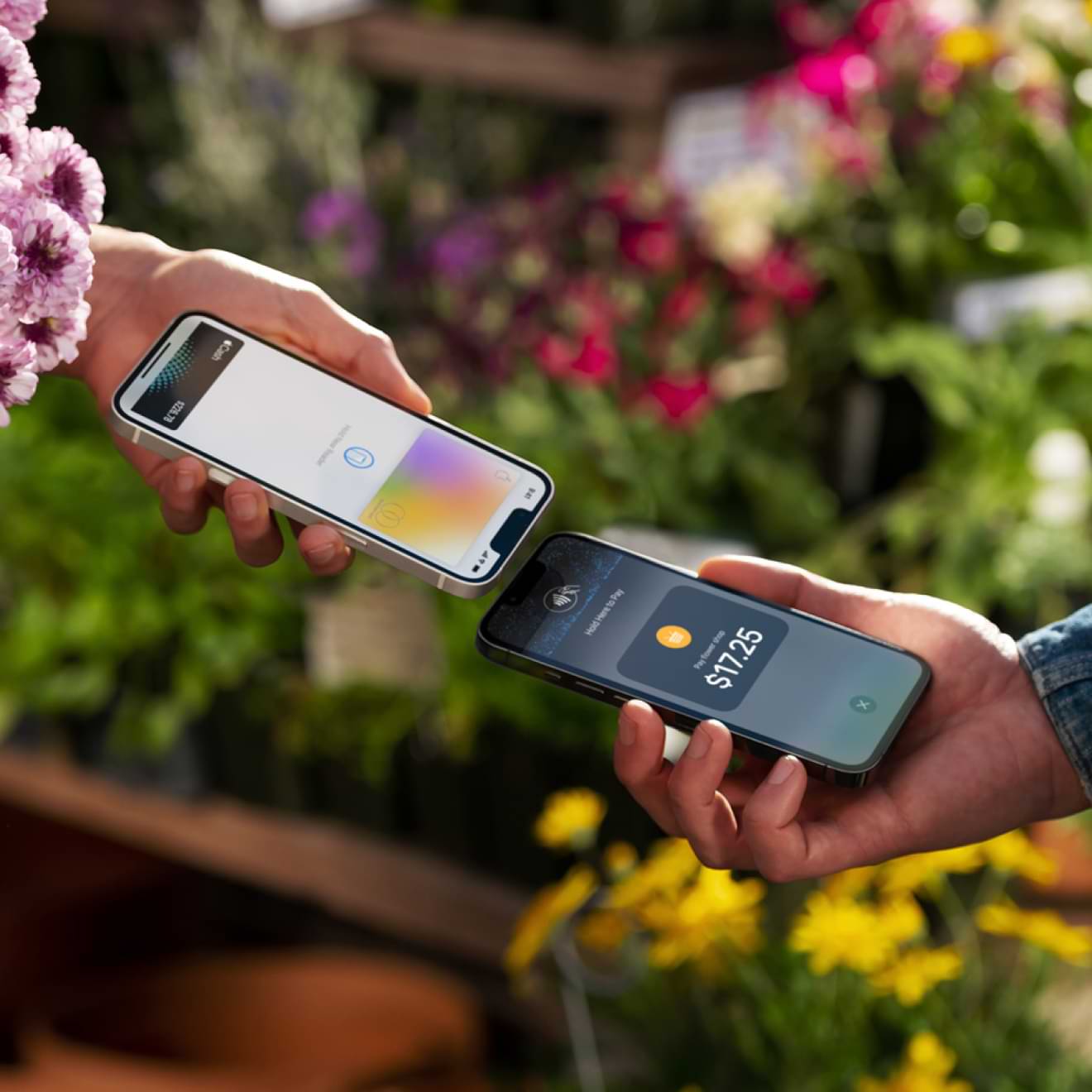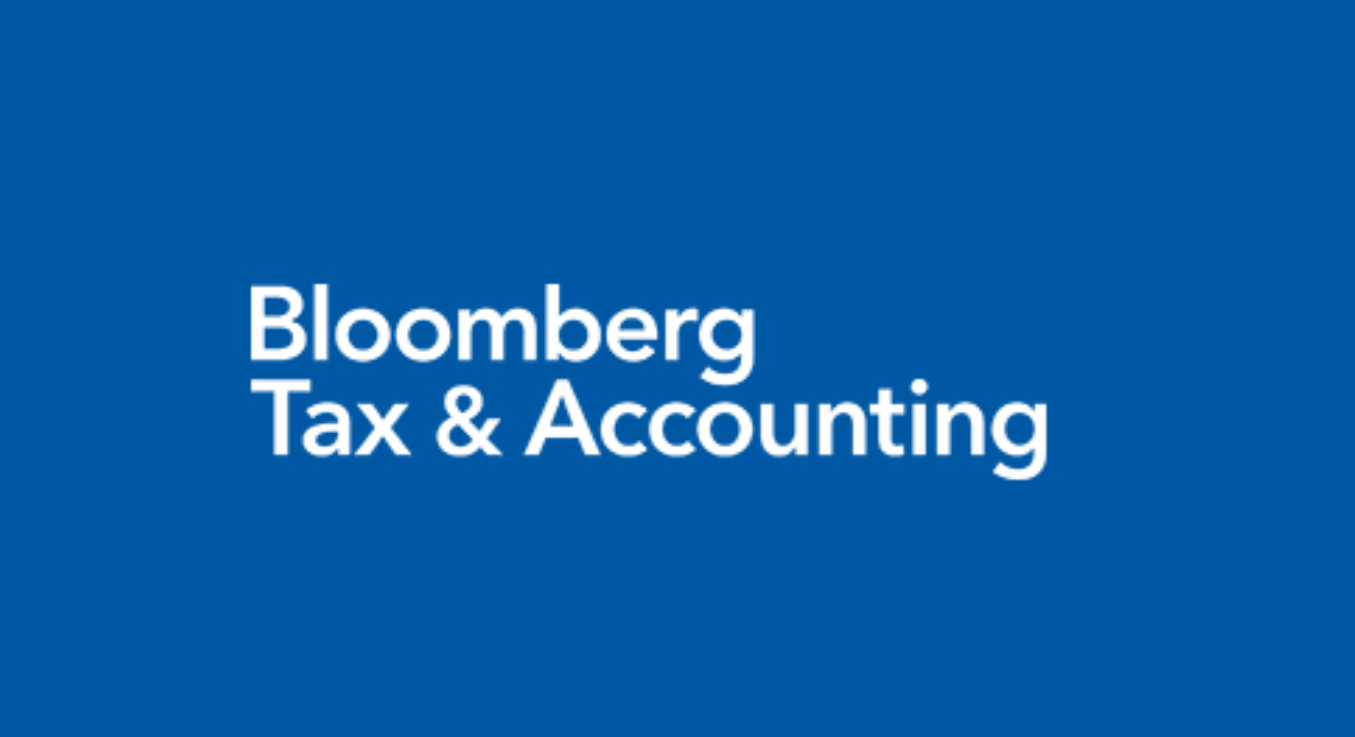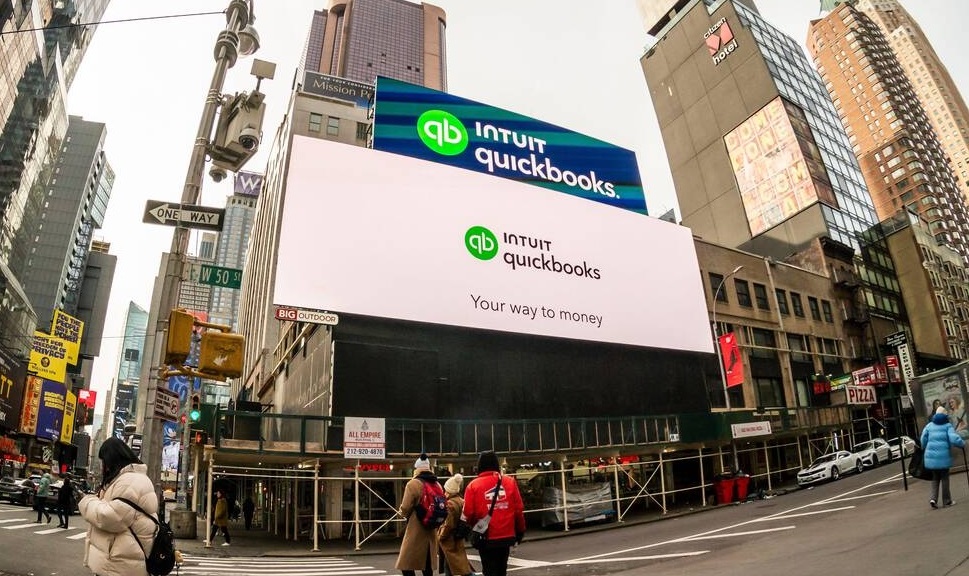From the April/May 2008 Issue
Each year, a number of contributors from The CPA Technology Advisor take the
pilgrimage to the Consumer Electronics Show (CES) in Las Vegas to scout out
new and emerging technologies that could impact your firms in the near future.
This year was no different, with noticeable updates to many existing products
being released as well as some really amazing future technologies. For those
not familiar with CES, it is the world’s largest consumer electronics
show with over 140,000 attendees visiting 2,700 vendors on a show floor that
is equivalent in size to 35 football fields. While it would be impossible to
see everything during our two days on the floor, by focusing on office technologies,
we were able to hunt out a number of innovative tools. The following is a list
of those technologies that I feel will have an IN-firm impact in regards to
displays, touch computing, communications capabilities and image capture.
Display Technologies
Cool displays were everywhere beginning with Lumus Eyeware, which projects a
computer screen image into a set of sunglasses that allows you to see both the
screen image and the world around you. This technology is on the bleeding edge,
but in the future could provide an extra screen with built-in privacy for users.
As the accounting profession becomes more “paperless,” it is pushing
more users towards triple monitors, which has been a challenge for firms standardizing
on laptop computers.
While firms have had success with screen splitters such as the Matrox Dual
Head2Go, one of the CES vendors, DisplayLink showed a device that could attach
up to six additional screens to a laptop at a cost of $100 per display, which
will be available this year. Ultra-slim display screens are also pushing our
imagination with SONY touting an OLED screen that was only 3mm thin, which we
can expect to start showing up on desktops and in laptops very soon. When this
type of screen is combined with the ultra-slim solid state hard drives (SSDs)
which SanDisk showed having a 72GB capacity and Toshiba announced 128GB models,
we can expect to see them make their way into super slim laptops.
For those wanting a larger screen, Panasonic displayed the world’s largest
plasma screen at 150 inches, which easily covers an entire wall! While I wouldn’t
expect a firm to buy one of these anytime soon, the technology innovation has
driven down the price of large wall-mounted screens enough (40-inch devices
at less than $1,300) for firms to implement them in their conference rooms instead
of traditional desktop screens or projection devices.
And if that wasn’t enough, Panasonic also showed a new concept called
the Life Wall. This projection system uses facial recognition to identify users
in the room and then displays their “desktop” on a wall, with images
re-sized according to how close the user is to the wall. The sensors respond
to movement so users would move their hands to act as the “mouse”
or input device to interact with the screen (think about the movie “Minority
Report”).
Touch Takes Off
Last year at CES, Microsoft introduced “touch” capabilities with
its Surface Computing table that allowed multiple users to interact with digital
images on a tabletop screen that is 30 inches in length. This year, we were
allowed to actually demo the Surface device with five or six people simultaneously
moving objects, changing the size of these objects or launching applications.
This device can be easily used by the most computer illiterate people, and I
would expect to see tax and accounting firms experimenting with them integrated
into conference room tables to share tax returns and financial reports with
clients.
Microsoft even demonstrated how a camera or smartphone could be set onto the
surface and automatically upload or download files on the device. Touch technology
became a hit with last year’s iPhone and pushed business phone manufacturers
to follow suit. Sprint’s Touch phone and the Samsung F490 have integrated
similar touch capabilities into their phones, so we can expect to see this capability
utilized by tax and accounting firms in the near future.
Communications
In addition to integrating touch functionality into phones, more and more is
being crammed into a single PCD (Personal Communication Device). First of all,
PCDs are finally integrating better quality phone capabilities and features
such as usable GPS so accountants can effectively carry only one device. Second,
smart phones such as the Sprint Mogul, Verizon XV6800 and some BlackBerry phones
also have tethering capabilities, which allows the phone to also act as a digital
“air card” so the user can also connect their laptop to the Internet
via the digital cellular network.
BlackBerry continues to build solid business phones with its Curve and 8800,
and some now have “world phone” capabilities that allow the device
to be used in different phone systems around the world, which is required for
those who travel abroad. Innovative new form factors were also touted including
AT&T’s Duo that not only has a slide out keyboard when using the PCD
in “landscape” mode like some of the models above, but also a slide
out number pad when the device is used like a standard phone in a vertical mode.
While phone-to-phone video conferencing is still a ways away, Creative Labs
showed a pretty cool personal video conferencing device called inPerson that
could connect to a broadband Internet connection and allow novice users to talk
face to face with other people who have the device. The benefit of this tool
was that it took care of all the technical aspects of video conferencing, which
seems to be a hang-up in many firms.
Image Capture
There was a strong trend to AIO (all-in-one) devices that do printing, copying
and scanning from every printer manufacturer at the show, so these devices are
expected to become the standard in firms in the future. For field scanning,
Fujitsu continues to stand out and demonstrated its ScanSnap S510 which is an
upgrade to the company’s 500 model that many firms utilize for high-speed
scanning at audit sites. Fujitsu also introduced its S300 model, which is a
portable scanner that weighs less than four pounds and can fit into a computer
bag.
While this scanner is rated at eight pages per minute when plugged into an
outlet, it also has the capability to connect to a laptop’s USB port and
draw power to scan at four pages per minute, in places where an outlet is not
available. The Consumer Electronics Show continues to be an exciting venue to
see and try out the latest innovations in technology, and we contributors for
The CPA Technology Advisor will continue to be there to scout out these tools
for your firm.
Thanks for reading CPA Practice Advisor!
Subscribe Already registered? Log In
Need more information? Read the FAQs




